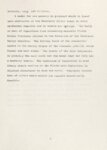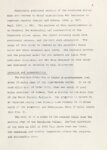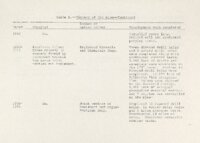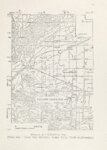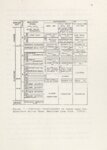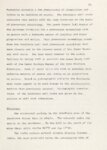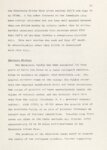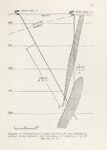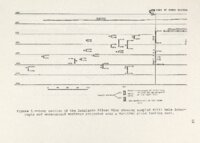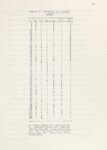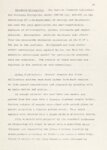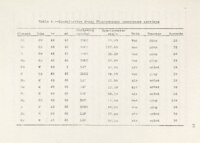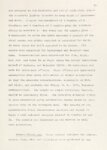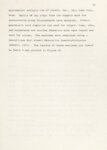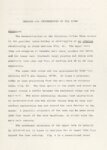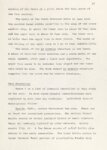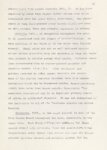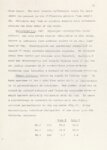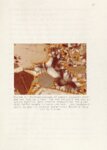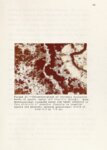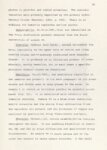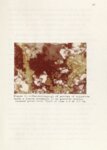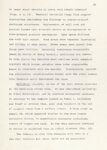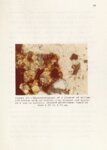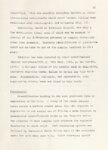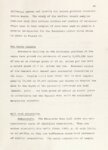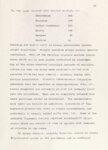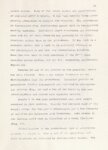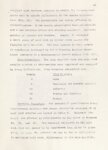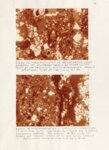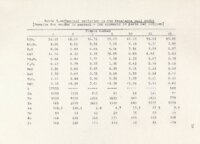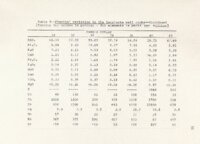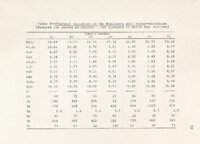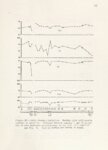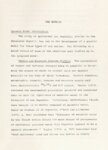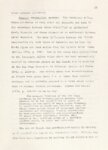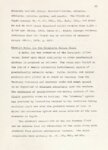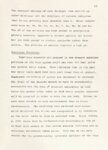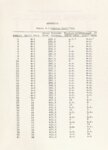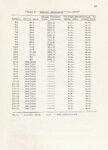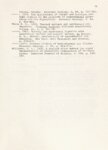| Description |
The Escalante Silver Mine is an epithermal Ag-Pb-Zn-Cu deposit located in southeastern Iron County, Utah. Gently dipping volcaniclastic rocks enclose steeply dipping siliceous and carbonate veins. The ore deposit is confined to the siliceous portions of the vein system which consists of two veins having an overlapping or en echelon structure in cross section. The upper vein crops out at the mine and forms a resistant ridge. The vein minerals identified by microscopy, X-ray diffraction, electron microprobe and X-ray fluorescence are: barite, calcite, cerussite, a copper silicate fluorite, galena, hematite, hemimorphite, limonite, malachite, mimetite, montmorillonite, mottramite-descloizite, pyrolusite, quartz, and willemite. Crispification banding by repeated fracturing and filling is the major type of mineral emplacement with minor replacement of wall rocks and earlier minerals. Wall rock alteration was studied using microscopy, X-ray diffraction of clay minerals, and chemical analysis by X-ray fluorescence and atomic absorption. Three alteration zones present from the vein outward are: (1) silicification, (2) intense replacement by calcite, and (3) pervasive weak alteration which includes calcite, sericite, clay, and chlorite. A model for ore genesis is proposed which is based upon similarity of the Escalante silver veins to other epithermal deposits and to modern hot springs. The model is that of deposition from convecting meteoric fluids within fractures related to the formation of the Escalante Valley cauldron. The driving force of the convection system is the waning stages of the volcanic activity which formed the wall rocks. The source of the vein components is probably the wall rocks but the model does not rule out a magmatic source. The mechanism of deposition is most likely simple cooling of the fluids with deposition in dilatant structures to form the veins. Supergene enrichment of silver makes mining the deposit economically feasible. |




